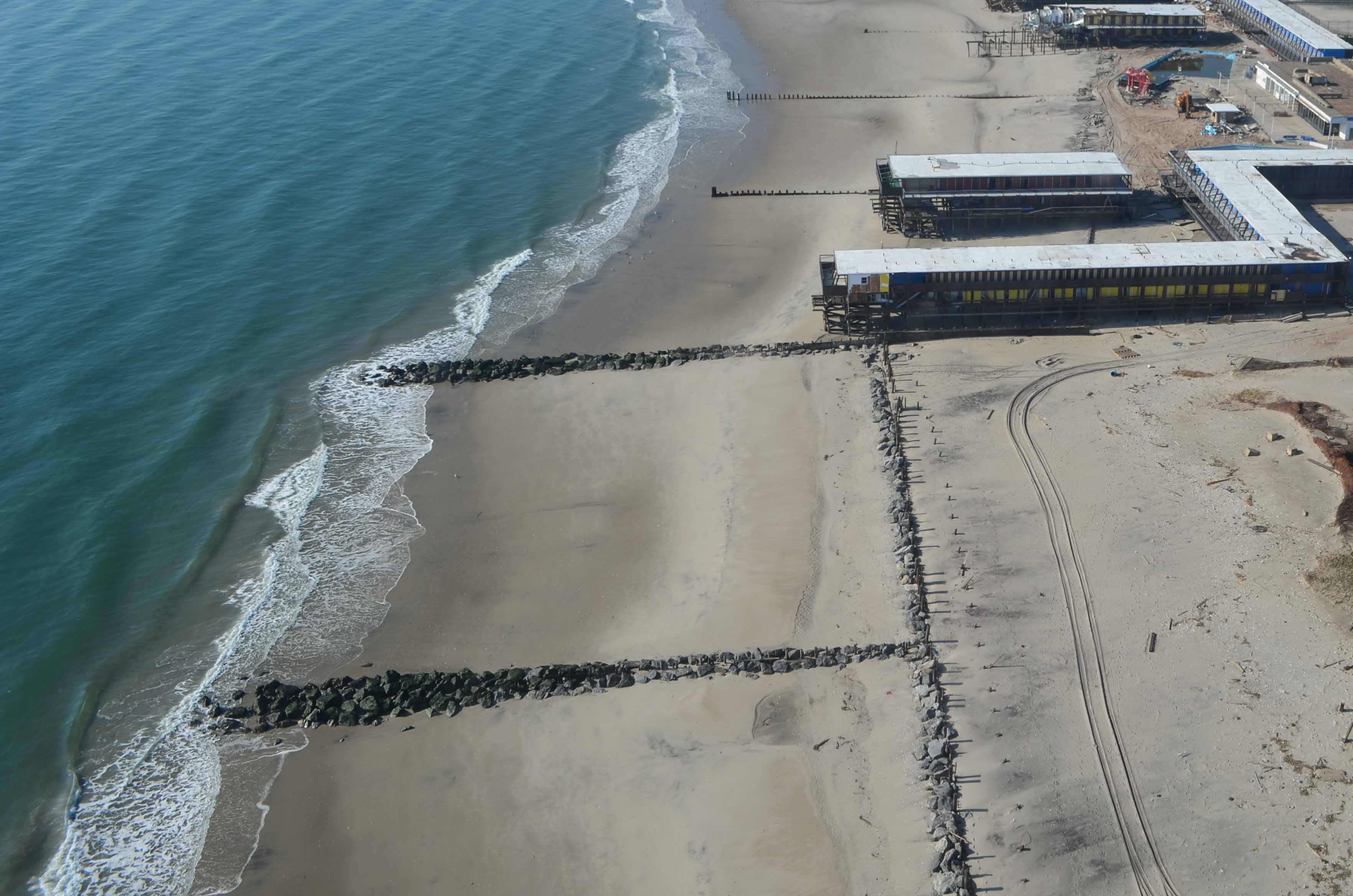Some Known Questions About Shore Protect Team.
Table of ContentsShore Protect Team Things To Know Before You BuyFacts About Shore Protect Team UncoveredThe Basic Principles Of Shore Protect Team The Buzz on Shore Protect TeamRumored Buzz on Shore Protect Team3 Simple Techniques For Shore Protect TeamShore Protect Team - Questions
Decline in residential or commercial property worth: As the area tourism is affected by disintegration, so after that is the economic situation. Customers are much less most likely to look for a beach home that could be destroyed anytime by the impending flooding and erosion emergency situation. Consequently, property value can go down immensely and influence the entire area.Whether a beach is just little and congested or needs to shut completely for the safety and security of the environment and nearby buildings, this greatly affects tourism. Consequently, local economic climates are impacted (https://fortunetelleroracle.com/profile/shrprtcttm). Danger of injury: The raised risk of flooding and structural failures triggers a raised threat of injury to nearby travelers and community participants

is home to greater than 84,240 miles of shoreline with 41% of it subjected to the open ocean. Coastal designers supervise of securing the shore against adjustments by decreasing the destructive influences of both all-natural and manufactured events. Coastline stablizing is straight pertaining to their work. Waterfront resorts: Since shoreline erosion effects tourist, it affects the success of waterfront hotels.
What Does Shore Protect Team Mean?
This eventually causes closures and abandoned beachfront residential properties. Coastal industrial companies: No visitors implies no company. For those businesses accommodating citizens, their residential or commercial property goes to risk of damages from disintegration and flooding. Coastal state parks: State parks that exist along shorelines are at risk of damages. Not only to the manmade structures and residential or commercial properties on website, but additionally to the natural ecological communities that exist within.
Difficult stabilization uses synthetic structures as protection to manage disintegration. A lot of forms of difficult stablizing like seawalls and sheet steel are not suitable for shoreline stablizing.
Shore Protect Team for Dummies
There's likewise inadequate proof of their efficiency relying on the sort of shoreline and neighborhood problems. Tough stablizing strategies have a tendency to be harder to set up and don't match the natural aesthetic, sticking out like a sore thumb and harming local communities in lots of circumstances. Coastline nourishment is the process of including lost sand and sediment back to coastlines after erosion has actually occurred.
TrapBags help in the procedure of beach nutrients by protecting all-natural ecosystems and enabling plants to grow. While this procedure can be expensive and is not long-term, the pros tend to outweigh the cons. TrapBag barriers offer several residential properties that make them optimal for seaside and shore erosion defense. They're: Eco-friendly: You can make use of native dirt both to border and to fill the TrapBags.

The Facts About Shore Protect Team Uncovered
They can additionally be installed without any kind of hefty equipment. Economical: TrapBags are optimal for both tiny and large locations of shoreline.
The ideal seawall style counts on location-specific aspects, including surrounding disintegration processes. There are three primary types of seawalls: upright, rounded, tipped, and piles (see table below).
All-natural barriers, such as reef and mangrove forests, stop the spread of tidal waves and the circulation of coastal waters and alleviated the flood and surge of water. A cost-benefit strategy is an efficient method to establish whether a seawall is appropriate and whether the advantages are worth the cost.
The Best Strategy To Use For Shore Protect Team
A seawall is a static attribute which can contravene the vibrant nature of the coast and restrain the exchange of debris between land and sea. The table below summarizes some favorable and unfavorable effects of seawalls which can be utilized when comparing their performance with various other seaside management alternatives, such as beach sustenance. [] Advantages and downsides of seawalls according to Short (1999) Benefits Disadvantages Lengthy term remedy in contrast to soft coastline nutrition.

This can trigger coastlines to dissipate, making them ineffective for beach goers. Usually, seawalls can be a successful method to manage seaside erosion, however just if they are constructed well and out of materials that can withstand the force of recurring wave energy. Some understanding is needed of the seaside processes and morphodynamics certain to the seawall location.
Not known Factual Statements About Shore Protect Team
The ideal seawall style counts on location-specific facets, including bordering disintegration processes. There are three main kinds of seawalls: upright, curved, tipped, and piles (see table listed below).
All-natural obstacles, such as reef and mangrove forests, protect against the spread of tidal waves and the flow of seaside waters and mitigated the flooding and surge of water. A cost-benefit approach is an efficient way to determine whether a seawall is suitable and whether the advantages are worth the cost.
The smart Trick of Shore Protect Team That Nobody is Discussing
A seawall is a static attribute which can conflict with the dynamic nature of the coast and restrain the exchange of debris in between land and sea. The table below summarizes some positive and unfavorable results of seawalls which can be used when comparing their effectiveness with various other coastal monitoring choices, such as beach sustenance. [] Benefits and drawbacks of seawalls according to Short (1999) Benefits Drawbacks Long-term solution in contrast to soft beach sustenance. lakefront stabilization.

This can cause coastlines to dissipate, making them pointless for beach goers. Usually, seawalls can be a successful way to control coastal erosion, but only if they are constructed well and out of materials that can withstand the pressure of ongoing wave power.